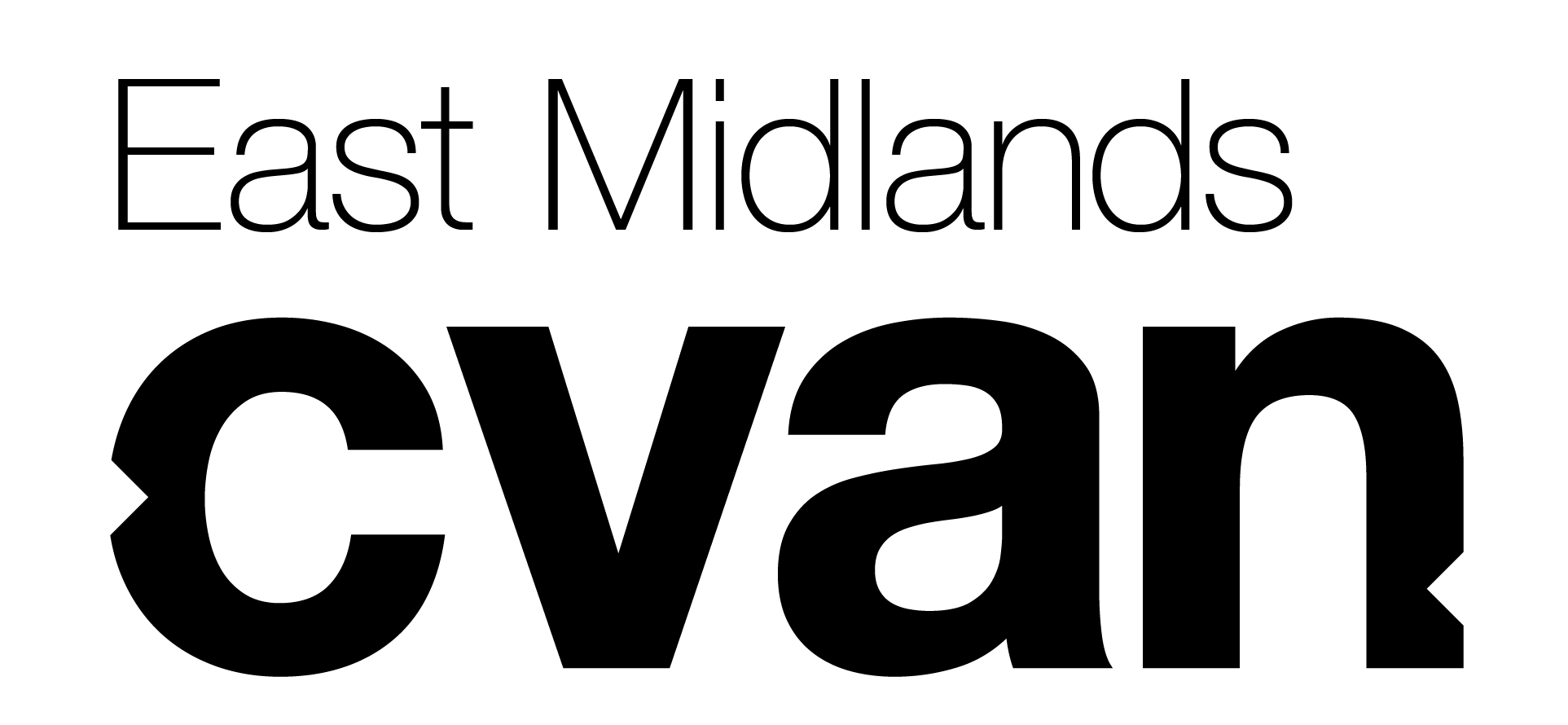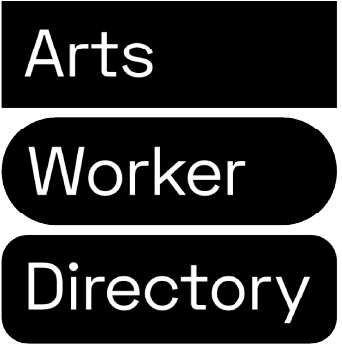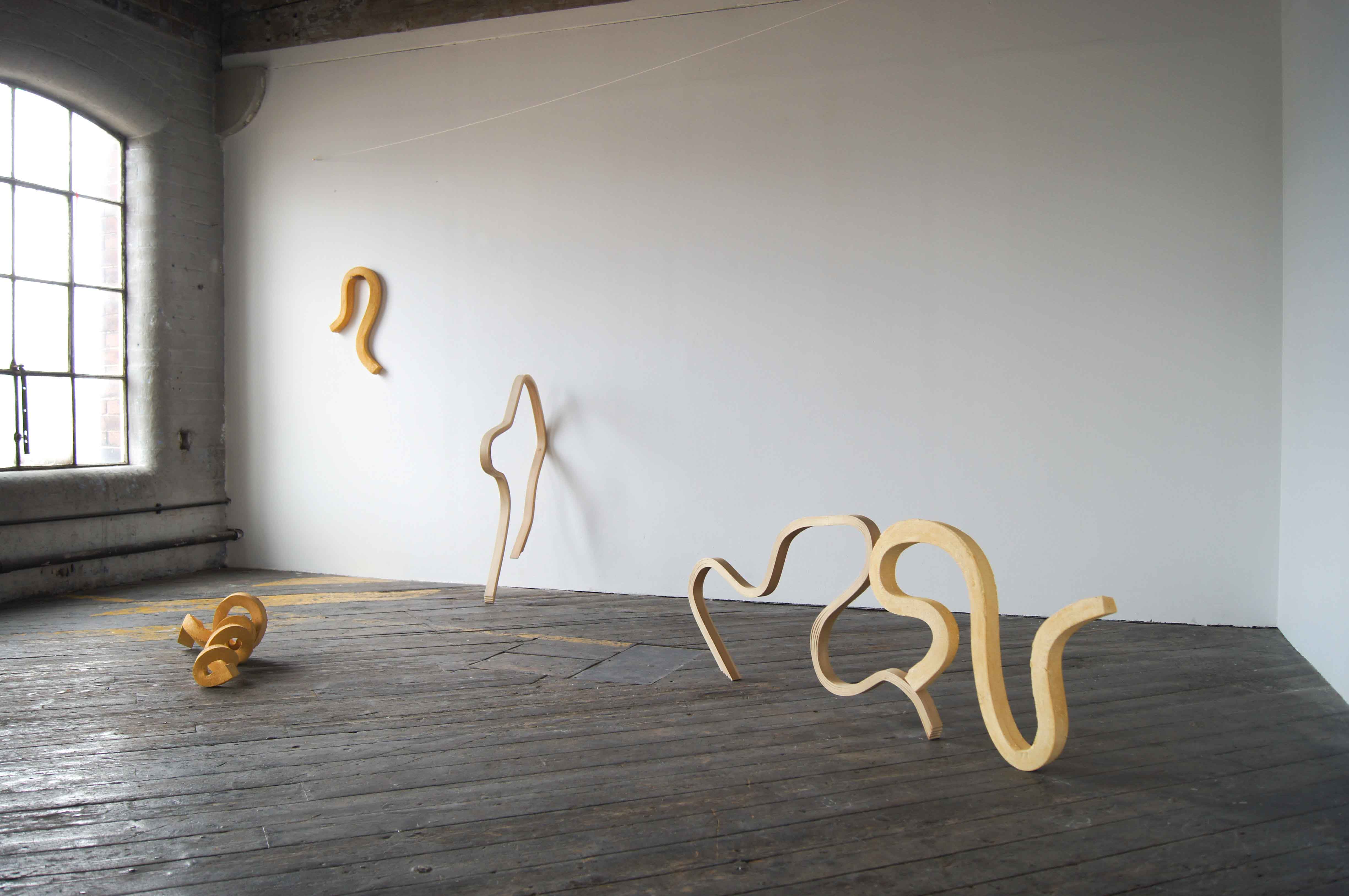Emily Stollery‘s sculptural practice is led by the seductive properties of materials. Where materials meet instinct to create forms born out of spontaneity; the in the moment to and fro of maker and material. Surfaces not quite right, imperfections showcased. These forms, in their purity, reference the struggle of the processes they were born from. A not so perfect form, formed perfectly. Allowing chance and indeterminacy to exist as a parameter for making. Emily graduated from Nottingham Trent University in 2018 with a First Class Honours BA degree in Fine Art. Since then she has been selected for Bloomberg New Contemporaries 2019, New Art Exchange’s Open Exhibition 2019 and shortlisted for the Woon Prize 2018,
See more of Emily’s work on her website and follow her on Instagram
Where are you based and where do you practice?
I’m currently based in Nottingham, with a studio at One Thoresby Street.
Describe your practice for us
My practice is predominantly sculptural. Research happening through making, producing forms that allude to many things. I aim to manipulate the way we perceive what these materials are capable of by exploiting their known properties; creating gestural, non-representational forms that somewhat goes against the ‘rules’ of my chosen medium. Seemingly hard transformed to a fluid form versus softness frozen solidly in a fixed state. There’s a constant remaking, reworking, reinventing. Iteration after iteration, not once existing in the same configuration. A practice that sits in a constant state of flux.

How long have you been practising and by what route did you come to your practice?
I started to take Art more seriously at A-Level. I then moved on to do a Foundation Diploma in Art and Design, before completing my degree in Fine Art at Nottingham Trent. I think I’ve only taken myself seriously as an Artist since I started exhibiting work, which was in 2015. And since graduating in 2018 I’ve continued to further my practice independently.
You’ve had a really busy time with exhibitions and residencies since you graduated in 2018. Are you generating these opportunities for yourself or are they being offered to you?
I’d say 90% of the opportunities I’ve been involved in are through applying to open calls and other exhibition call outs. It’s only in recent months that I’ve been lucky enough to be offered exhibitions, which I really appreciate and look forward to developing these projects. But I never shied away from applying to things even throughout university, which did me the world of good, and also built up my resilience in facing rejection too- you can’t get them all!

Your work has clearly evolved in this time. Have you had a chance to reflect on that process?
Yes, I’ve definitely been reflecting on this at the moment, as I prepare for my first solo exhibition. Since leaving university my practice has shifted, as I had to adapt to working outside of the workshops I used so regularly whilst studying. But I’ve enjoyed seeing this change; exploring other methods of making and materials that I never got chance to at university, and re-learning some other techniques to make them more manageable in my studio.
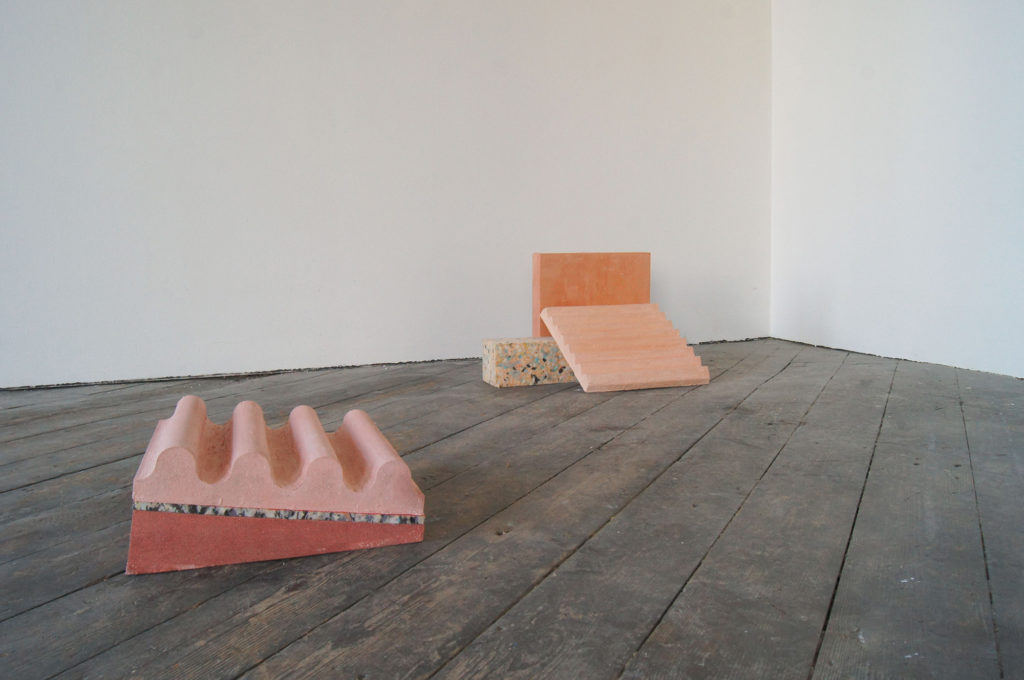
What is important to you in maintaining and motivating your practice?
For me, focus is key. I find it really useful to have a deadline or an exhibition to work towards- even if it’s just deadlines I set for myself. It helps push me to be in the studio more and make the most of it, which can be hard sometimes when life takes over. I don’t often use sketchbooks, as I rarely plan what a work will look like. But if I can’t physically be in the studio, writing vague ideas in a notebook or in notes on my phone, helps me to keep my practice ticking over. I find it really difficult to get back into making after time away, if I don’t feel like I’ve got a starting point; so generating these, even in their simplest form, is really helpful for me to keep going.
Congratulations on receiving a Sculpture Production Award. Can you tell us what significance the Award has for you.
It’s been a fantastic opportunity to expand my practice. With the award I was able to work in residence with Lockbund Sculpture Foundry and produce 4 new works; 2 bronzes and 2 in aluminium. These are materials I’ve never had an opportunity to encounter in my practice thus far, but I’ve always admired the process of bronze casting and wanted to try it myself. The whole team at the foundry were so supportive and allowed me to explore several possibilities of metal casting. As well as allowing me to manipulate such a rigid way of working, which was really fun to play with.
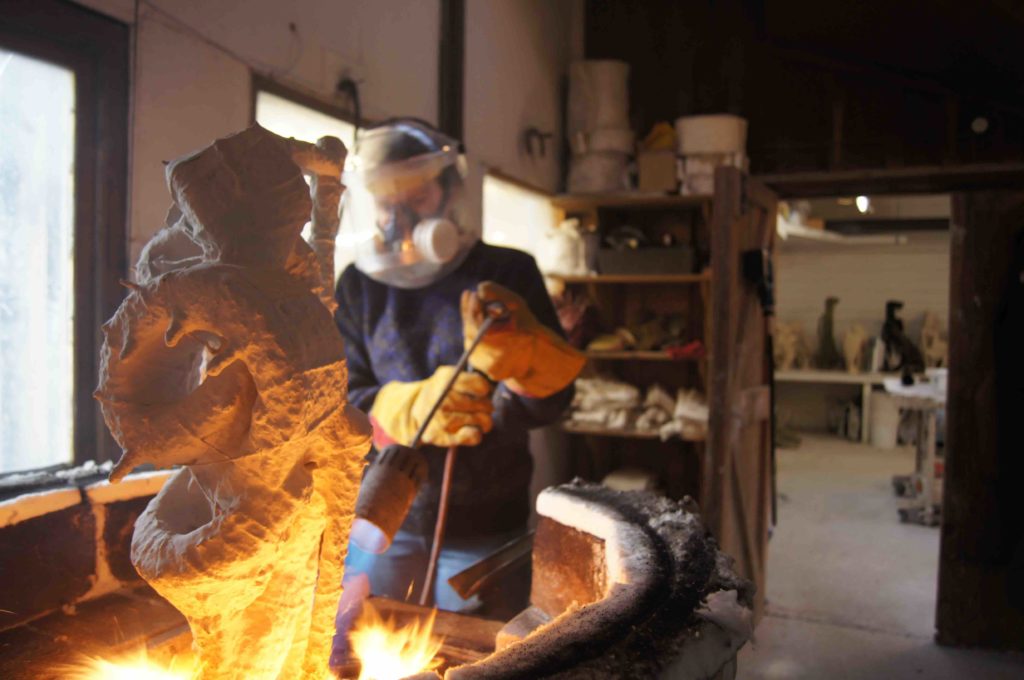
What have been your biggest achievements since establishing your practice?
Throughout my time at Nottingham Trent I exhibited work both nationally and internationally (Nottingham, London, Stockholm, Stuttgart) I felt my first ‘big’ achievement was being nominated for the Woon Prize in my final year of university. Being nominated for a prize of this stature was a big factor in choosing to pursue my practice beyond my studies. Since graduating, highlights for me have included exhibiting with Kunstpodium T, Bloomberg New Contemporaries and of course my upcoming solo exhibition after being awarded the Sculpture Production Award 2019.
What have been the biggest challenges to your practice so far?
I think motivation to maintain a practice when you haven’t necessarily got anything to work towards can be tricky. Sometimes it doesn’t seem worth doing until you realise it’s worth doing for yourself. I’ve always considered myself very lucky to have been given a studio straight out of university, and I’m extremely thankful for it. If this hadn’t have happened, I wouldn’t have stayed in Nottingham and continued to further my practice.
Work/life/Art balance is always something I’ll continue to juggle, and sometimes struggle with. But I’m also now more at ease with taking breaks from the studio. I used to put far too much pressure on myself to be in there making work all the time, but it’s healthy to spend your time elsewhere too.

You have a show about to open at Four/Four in Nottingham, the result of a residency at the space and the Sculpture Production Award residency. What do you enjoy about the process of undertaking a residency? What are the challenges?
I love residencies. I always find them to be extremely productive and fruitful times for my practice, no matter how short they are. I always seem to produce so much, but I think it’s that shift in mindset for me- being able to relax and indulge in your practice in ways you might not ordinarily be able to. I find some of the processes I work with hard to transfer from place to place, which means I’m able to explore ideas I normally wouldn’t in my studio. I find myself writing more and being more aware of site-specific work possibilities. They’re great research periods for my practice, that I can then return to the studio with and develop further.
Can you tell us about how you have worked with the curator or producer to develop your exhibition.
I’ve been developing the context and initial ideas for the exhibition with curator and Four/Four Collective member Adam Grainger over the past few months. Coming from the same BA course, he already has an understanding of my practice, so it was really easy to start to piece different ideas together. During my residency at Four/Four, I’ll be working in the gallery space alongside collective members, to develop the finishing details and staging of the show. Through our meetings they’ve already given me plenty of ideas for negotiating the space, which I’m excited to begin experimenting with upon arrival. The gallery will also be open during my residency on Saturday 15th February, so the public also have an opportunity to drop in, see how things are progressing and discuss their thoughts with myself and the collective. I’m always really open to how anyone interprets the work I make, so I’m looking forward to this.

For people planning to see the exhibition, what will their experience be?
I do think that largely depends from viewer to viewer. But the show itself will display the works I produced in residence with Lockbund Sculpture Foundry, but also the pieces I have since made as a response to this time, and the gallery space itself. Materials and materiality are still the prominent focus in terms of aesthetic and production. I guess at the moment I can’t fully say, as I am sure over my residency with the gallery, new works and ideas will come to fruition.
Where else can we see your work?
I’m currently showing new work with Bloomberg New Contemporaries, which is at South London Gallery until the 23rd February. And to keep up to date with my day to day happenings in the studio, you can follow my Instagram @emilystollery.
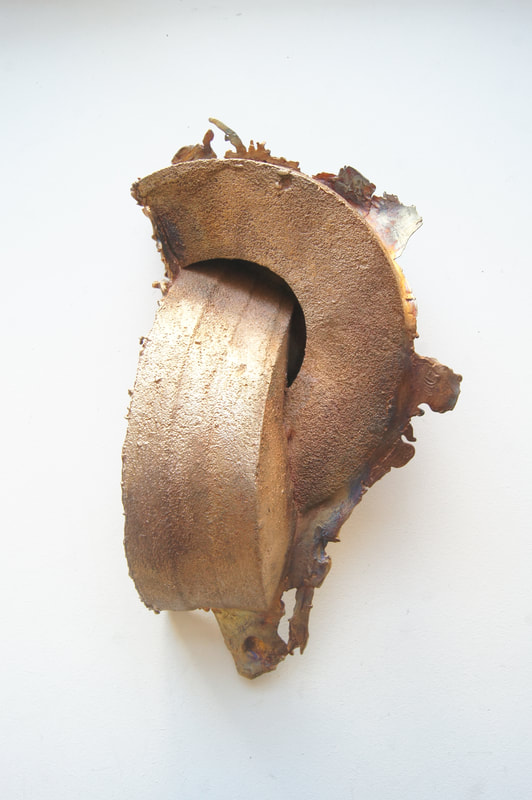
What’s next for you?
I’ll be back in the studio developing new work for my next solo exhibition happening early next year. I really want to get back into my woodwork and start developing this further. After I left university it was difficult to maintain my workshop based practice in the same way, but its so great to see how aspects of my practice have changed, and in result, all the new work I’ve created.
Emily was interviewed in February 2020, on the occasion of her selection for the inaugural Pangaea Sculpture Production Award.
All images are by and courtesy of the artist.
